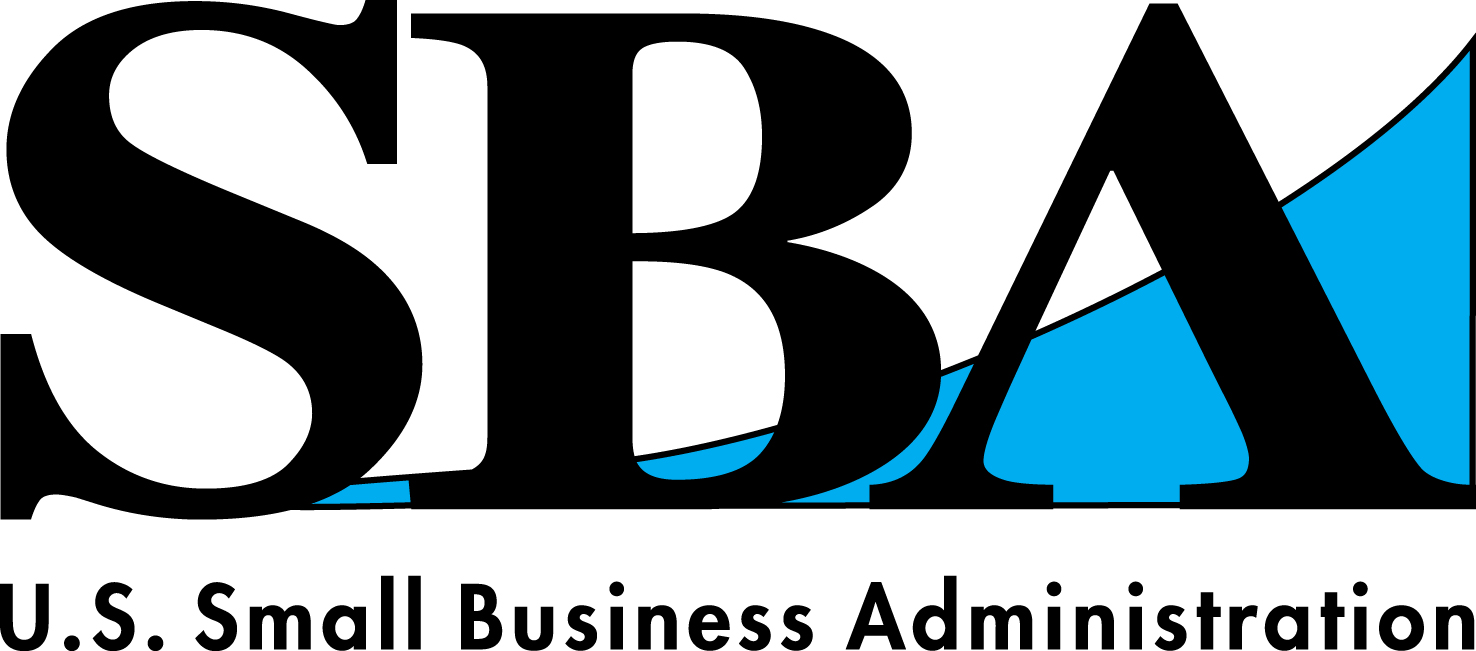By Julia Di Vito
 The Small Business Administration (“SBA”) is undergoing a gradual shift in its views on small business prime contractors proposing to hire “key personnel” from their subcontractors in the context of the ostensible subcontractor rule. As most small business subcontractors who have been involved in a size protest know, the ostensible subcontractor rule provides that when a prime contractor is unusually reliant on the subcontractor, SBA will deem the prime contractor affiliated with its subcontractor in performing the contract. Although the ostensible subcontractor analysis continues to be a very fact-specific inquiry, SBA has changed its treatment of a prime contractor’s proposing to hire key personnel from its subcontractor.
The Small Business Administration (“SBA”) is undergoing a gradual shift in its views on small business prime contractors proposing to hire “key personnel” from their subcontractors in the context of the ostensible subcontractor rule. As most small business subcontractors who have been involved in a size protest know, the ostensible subcontractor rule provides that when a prime contractor is unusually reliant on the subcontractor, SBA will deem the prime contractor affiliated with its subcontractor in performing the contract. Although the ostensible subcontractor analysis continues to be a very fact-specific inquiry, SBA has changed its treatment of a prime contractor’s proposing to hire key personnel from its subcontractor.
In several cases before SBA’s Office of Hearings and Appeals (“OHA”) in recent years, OHA has found that a prime contractor’s proposing to hire some or all of its key personnel for a contract from its subcontractor is not indicative of unusual reliance on the subcontractor. See, e.g., Size Appeal of NVE, Inc., SBA No. SIZ-5638 (2015); J.W. Mills Mgmt., LLC, SBA No. SIZ-5416 (2012).
OHA reasons that there is no violation of the ostensible subcontractor rule in this situation if the key personnel remain subordinate to the prime contractor’s employees. If, for example, the prime contractor’s proposed project manager is currently an employee of the proposed subcontractor but will be hired by the prime contractor upon award, OHA likely would not find unusual reliance on the subcontractor if that project manager will be under the control of the prime contractor’s president or CEO.
This conclusion differs dramatically from OHA’s decision in DoverStaffing Inc., SBA No. SIZ-5300 (2011), a seminal case on the ostensible subcontractor rule. In that case, OHA noted that although Executive Order 13,495 encourages the hiring of incumbent non-managerial personnel, it does not apply to the hiring of incumbent managerial personnel. OHA held that the prime contractor’s proposal to hire all of the key personnel from its subcontractor, the incumbent contractor, was a strong indicia that the prime contractor was unusually reliant upon the subcontractor for performance of the contract. OHA did not consider whether the hired personnel will be under the control of the prime contractor.
While this change in SBA’s treatment of proposing to hire key personnel from a subcontractor may have been gradual, it is something that impacts all small business government contractors. A more lenient stance on hiring key personnel from a proposed subcontractor could allow more small businesses to obtain prime contracts where they may not have experienced managerial personnel at their disposal. On the other hand, disappointed offerors seeking small business set-aside contracts may have a harder time challenging the small business size of an awardee who is entirely dependent on a subcontractor in staffing a contract. Either way, SBA’s change in its position is worth noting.
About the Author: Julia Di Vito practices in the areas of government contracts, litigation, employment, and labor. She may be reached at [email protected].


